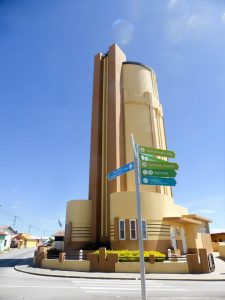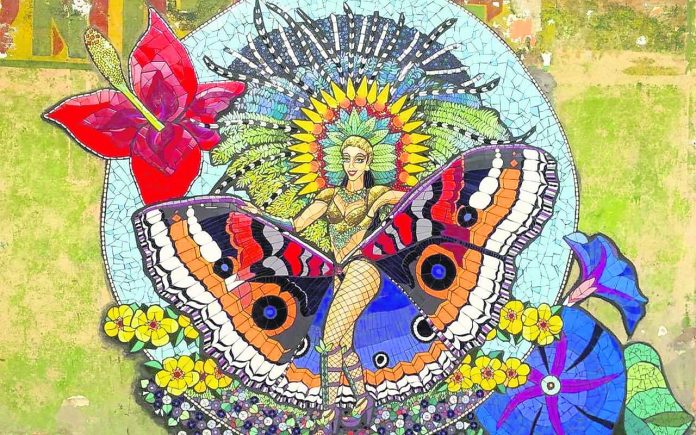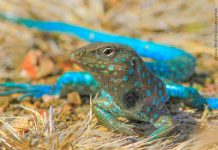SAN NICOLAS— At Just 11 miles southeast from Oranjestad you will enter the city San Nicolas, also known as Sunrise City or Chocolate City. A city that is rich in authentic culture and island charm. San Nicolas is Aruba’s second largest city and was once a bustling company town dominated by the oil industry since the early 1930’s.
Over the course of four decades, its demographics had changed immensely due to a stream of Afro-Caribbean and South American workers who came to fill the jobs in the oil refinery between the 1920’s until the 1960’s. To this day traces of the multicultural influences in culinary offerings and customs, housing and population are clearly visible in San Nicolas – more than anywhere else on the island.
Flow of history
If you are looking for history San Nicolas has it.
The Museum of Industry is situated in the Water Tower in San Nicolas and narrates Aruba’s industrial history which began in the 19th century. Here you will learn about gold, aloe, phosphate, oil and the tourism industries which made San Nicolas once a bustling business center. Experience the touching stories of those who were part of this history.
The Community Museum holds a remarkable collection that spans millennia. Ancient fossils stand next to tableaus of an authentically recreated colonial kitchen and bedroom and 19th-century barbershop, just to name a few of the items of old-time Aruba that has been preserved. A collection of artifacts and other objects of artistic, cultural, historical, or scientific importance can be found here for the purpose of education or enjoyment.
The new San Nicolas
In the shadow of the refinery, an art capital is quietly beginning to grow. This is the new San Nicolas, a place that is starting to become a magnet for all that is young, cool and hip in Aruba. Indeed, San Nicolas has all of the ingredients of an emerging cultural hub — varied history, interesting architecture, and, perhaps most importantly, an urban layout that makes it walkable. As you walk around, the streets are silent but the walls are loud, filled with bright, colorful murals painted by a collection of artists from around the world.

















